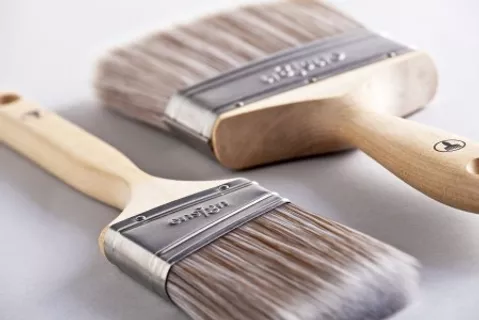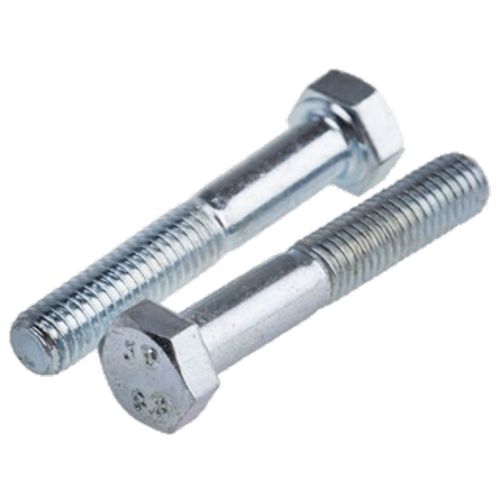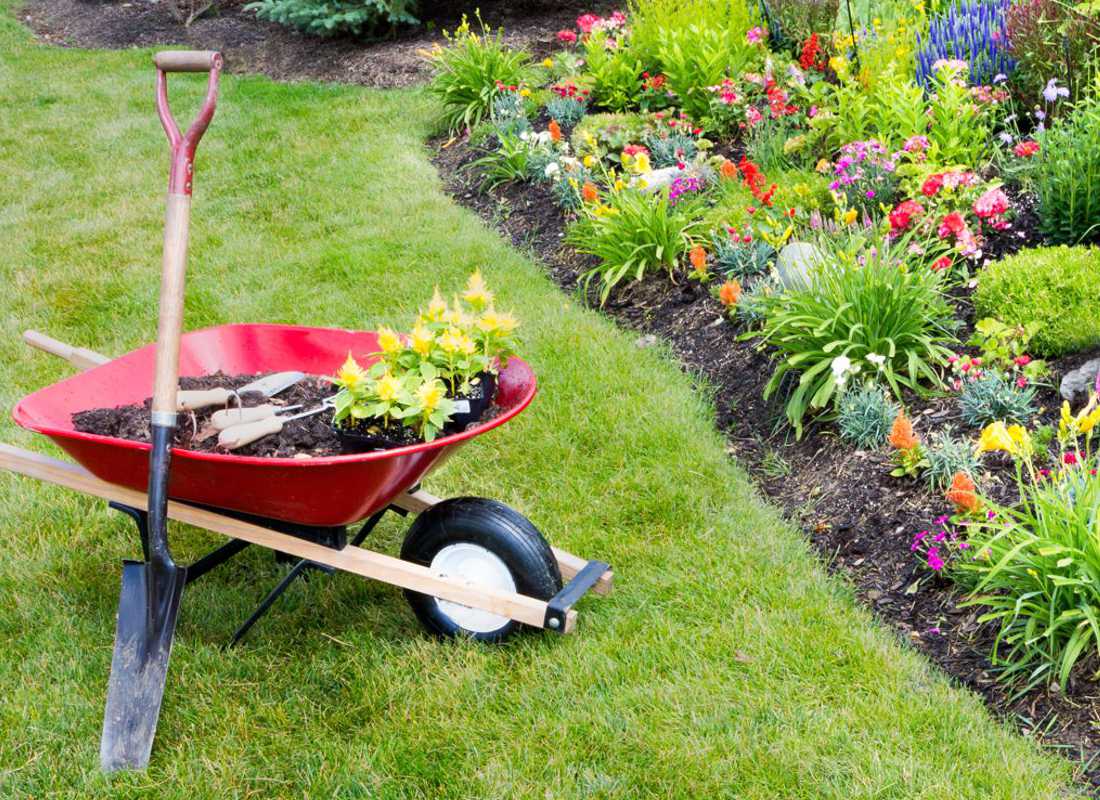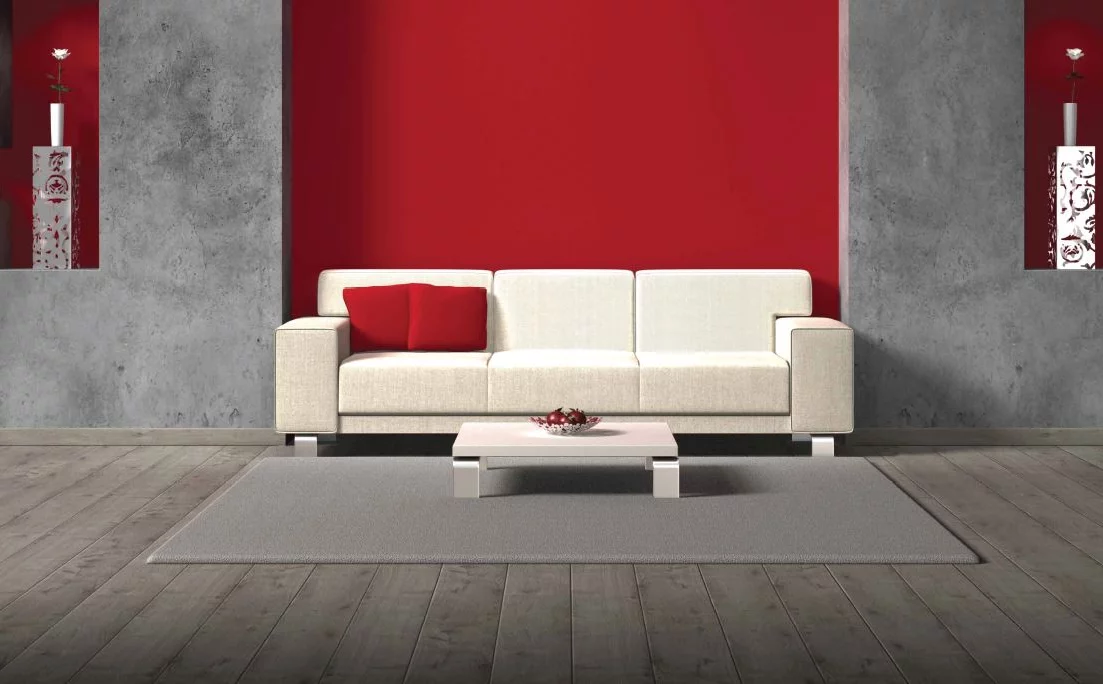Common Paint Problems
Fungal Growth
FUNGAL GROWTH is visible as a green, black or brownish-red growth on the surface of paint
Efflorescence
EFFLORESCENCE is visible as soluble salts that form on the surface of plaster or brick work, usually visible as loose white powder or as feathery crystals
Damp
DAMP is evident with the presence of unwanted moisture in the structure of a wall, and is the result of either intrusion from the outside or condensation from within the structure
Chalking
CHALKING is evident with the formation of fine, white powder on the surface of the paint film due to weathering, which may give the appearance of colour fading
Burnishing
BURNISHING is evident in an area that shows an unwanted increase in the gloss or sheen of a paint film when it is subjected to rubbing or scrubbing or has an object brush up against it
Alligatoring
ALLIGATORING is evident when the pattern of the cracking in the paint film resembles the scales of an alligator. These cracks generally do not expose the substrate (e.g. the surface that has been painted).
Mud Cracking
MUD CRACKING is deep, irregular cracks resembling dried mud in the dry paint film.
Soloutions
Fungal Growth
FUNGAL GROWTH is visible as a green, black or brownish-red growth on the surface of paint.
POSSIBLE CAUSES:
- Forms most often on painted areas where the surface tends to be damp, or receives little or no direct sunlight
- The application of paints that are not formulated to stand up to areas exposed to high humidity, condensation and poor ventilation on a daily basis, for example, bathrooms, kitchens and laundry rooms
- Failure to prime bare wooden surfaces with a suitable primer before applying the topcoat
- Painting over a surface or coating that is contaminated with fungal spores
SOLUTION:
- Dilute ProGold Fungal Wash/water mixture as stated on the container and apply with a brush or sponge to the affected surface area.
- Allow to react for 3 hours before washing off with water and a nylon brush.
- Repeat this process if any traces of fungal spores are still visible on the treated surface.
- Neutralise the areas with a diluted ProGold General Purpose Cleaner solution as stated on the container, rinse off with clean water and allow to dry.
- Apply a suitable primer, for example, Prominent Damp Cure, followed by a quality topcoat that is suitable for the environment that it will be exposed to, for example, Prominent Ultra Satin for coastal applications
Efflorescence
EFFLORESCENCE is visible as soluble salts that form on the surface of plaster or brick work, usually visible as loose white powder or as feathery crystals.
POSSIBLE CAUSES:
- Failure to adequately prepare the surface by removing all current traces of efflorescence
- Insufficient curing time for new cement before painting
- Contamination from seawater spray or exposure of unpainted masonry to the elements for long periods of time
- Using a primer with low alkali resistance
- Failure to attend to all the waterproofing aspects prior to painting
SOLUTION:
- No remedy other than to prevent it from occurring by eliminating abnormal moisture levels in the masonry surface.
- Remedy the cause of the excessive moisture in the masonry first.
- Remove the efflorescence and all other loose material with a wire brush, a power brush, or low-pressure washing, and then thoroughly rinse the surface and allow it to dry out.
- When all traces of efflorescence have been removed, prime the affected area with Prominent Damp Cure, allow it to dry for 24 hours and apply a suitable quality topcoat
Damp
DAMP is evident with the presence of unwanted moisture in the structure of a wall, and is the result of either intrusion from the outside or condensation from within the structure.
POSSIBLE CAUSES:
- Leaking roofs
- Defects in and around chimneys
- Defects in gutters and down pipes
- Penetrating dampness through walls, around windows, window sills, parapet walls and cracks in plaster
- Rising damp
- Groundwater and capillary movement
- Leaking pipes
SOLUTION:
- Painting over damp areas without fixing the problem is a fruitless exercise.
- It is advisable to consult your Prominent Paints distributor or Prominent Paints technical department for the correct advice to resolve the damp problem before proceeding with the painting process
Chalking
CHALKING is evident with the formation of fine, white powder on the surface of the paint film due to weathering, which may give the appearance of colour fading.
POSSIBLE CAUSES:
- The use of a low-grade, highly pigmented paint
- The use of an interior paint for an outdoor application
- Over-exposure of a coating which does not have adequate UV resistance
- Painting of acrylic primers on walls with moisture contents of higher than 15%
- Over-thinning of a coating Over-spreading of the primer and/or the topcoat
SOLUTION:
- Scrape or sand the substrate to remove wrinkled coating.
- If using a primer, allow it to dry completely before applying a quality topcoat.
- The primer selection will depend on the type of surface to be primed
Burnishing
BURNISHING is evident in an area that shows an unwanted increase in the gloss or sheen of a paint film when it is subjected to rubbing or scrubbing or has an object brush up against it.
POSSIBLE CAUSES:
- The use of matt paint in high traffic areas, where a sheen paint would have been more desirable
- Frequent washing and spot cleaning
- Use of lower grades of paint with poor stain and scrub resistance
- Washing of the painted surface with cleaning products containing ammonia
SOLUTION:
- Paint heavy traffic areas that require regular cleaning with a top-quality, washable product, for example, Premium Sheen or Ultra Sheen.
- Rather use a low sheen, washable product than a matt finish product.
- Clean painted surfaces with a soft cloth or sponge and non-abrasive, paint friendly cleansers
Alligatoring
ALLIGATORING is evident when the pattern of the cracking in the paint film resembles the scales of an alligator. These cracks generally do not expose the substrate (e.g. the surface that has been painted).
POSSIBLE CAUSES:
- Application of an extremely hard, rigid coating, like an alkyd enamel, over a more flexible coating, like a water-based primer
- Application of a topcoat before the undercoat is completely dry
- Natural aging of oil-based paints as temperatures fluctuate (the constant expansion and contraction result in the loss of paint film elasticity)
SOLUTION:
- Remove the old affected coating, either mechanically through scraping and sanding, or by using a paint remover or heat gun.
- The surface should then be primed with a suitable primer, before repainting with a suitable quality topcoat.
- The primer selection will depend on the type of surface to be primed and the topcoat selection will depend on the environment that the application will be exposed to.
For example: on an exterior plastered surface, use Prominent Plaster Primer and overcoat with Prominent Premium Textured or Premium Satin
Mud Cracking
MUD CRACKING is deep, irregular cracks resembling dried mud in the dry paint film.
POSSIBLE CAUSES:
- Paint is applied too thickly, usually over a porous surface
- Paint is allowed to build up in corners during application
- Paint is applied too thickly, to hide the inherent poor coverage of a lower quality paint
SOLUTION:
- Remove mud cracking by scraping and sanding back to a sound, smooth surface finish.
- Prime with Prominent Ultra Prime and repaint using a premium quality paint, for example, Prominent Premium Satin.
- This type of paint is likely to prevent the recurrence of mud cracking, because it is relatively flexible compared to alkyd, oil-based and ordinary PVA paints.
- Quality paints have a higher solids content, which reduces the tendency to mud crack.
- They also have very good application and hiding properties, which minimise the tendency to apply too thick a coat of paint
















